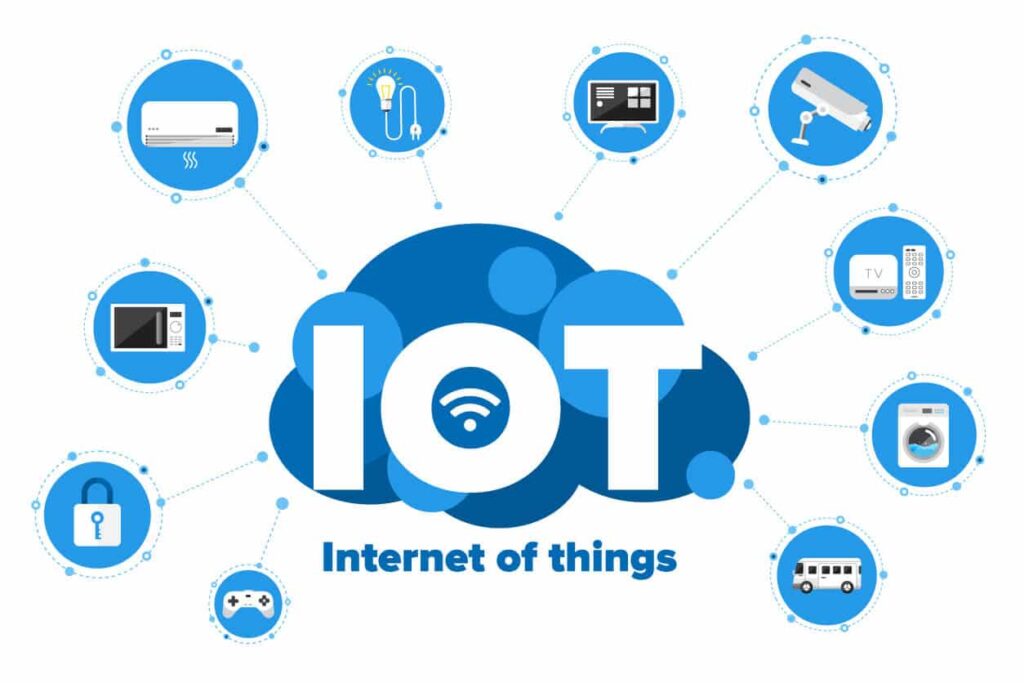
The Internet of Things (IoT) has revolutionized the way we interact with and control devices in our daily lives. From smart thermostats to connected cars, IoT has made our world more convenient and efficient. However, the rapid proliferation of IoT devices has also raised significant security concerns. Ensuring the security of your IoT project is crucial to protect user data, prevent unauthorized access, and maintain the integrity of your devices. In this blog post, we’ll explore effective strategies to enhance security in your IoT project.
- Device Authentication and Authorization
One of the first steps in bolstering IoT security is implementing robust device authentication and authorization mechanisms. Each device in your IoT network should have a unique identifier and secure authentication credentials. This ensures that only authorized devices can communicate with your network, reducing the risk of unauthorized access and data breaches.
- Secure Communication Protocols
IoT devices exchange data over networks, making secure communication protocols essential. Employ encryption methods like SSL/TLS to protect data in transit. Additionally, consider using VPNs or other secure channels for communication between devices and the cloud.
- Regular Software Updates
IoT devices often run on embedded software, which can become vulnerable over time due to outdated libraries or unpatched vulnerabilities. Implement a robust update mechanism to deliver security patches and firmware updates to your devices. Encourage users to keep their devices updated to stay protected against emerging threats.
- Strong Password Policies
Ensure that your IoT devices and services have strong password policies. Encourage users to create complex passwords and consider implementing two-factor authentication (2FA) for added security. Default passwords should always be replaced with unique, user-generated ones.
- Secure Data Storage
Protect the data stored on IoT devices and in the cloud by employing encryption and access controls. Always follow best practices for data storage, including limiting the amount of sensitive data stored and regularly auditing access permissions.
- Intrusion Detection and Monitoring
Implement intrusion detection systems and continuous monitoring to identify and respond to security threats promptly. Anomalies in device behavior or network traffic should trigger alerts for immediate investigation.
- Physical Security
Consider the physical security of your IoT devices. Unauthorized physical access to a device can lead to data theft or tampering. Implement measures such as tamper-evident seals and secure enclosures to protect your devices from physical attacks.
- Network Segmentation
Segment your IoT network from your main network to minimize the potential attack surface. This way, even if one device is compromised, it won’t necessarily lead to a breach of your entire network.
- Privacy by Design
Incorporate privacy considerations from the outset of your IoT project. Collect only the data necessary for device functionality, anonymize data where possible, and provide users with clear privacy controls and consent mechanisms.
- Regular Security Audits and Penetration Testing
Conduct regular security audits and penetration testing to identify vulnerabilities in your IoT system. This proactive approach allows you to address potential weaknesses before they are exploited by malicious actors.
Security is paramount in IoT projects, and neglecting it can lead to serious consequences. By implementing strong authentication, secure communication, regular updates, and other security measures, you can significantly enhance the security of your IoT project. Remember that IoT security is an ongoing process, and staying vigilant against emerging threats is crucial to safeguarding your devices and user data. By following these best practices, you can create a more secure and trustworthy IoT ecosystem for your users.
